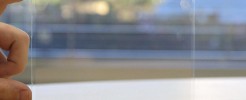-
Elizabeth Lee wins first place at AIChE Conference in Electronics and Photonics Division
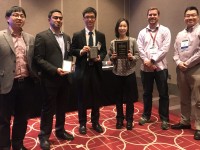
November 1, 2017 -
Silicon photonics: Meshing optics with applications
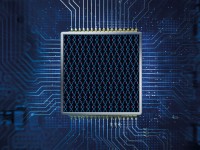
July 12, 2017 -
Programmable Nanophotonic Processor Studies Quantum Transport
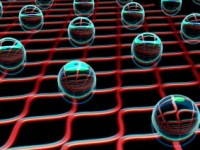
July 5, 2017 -
Programmable nanophotonic processor studies quantum transport
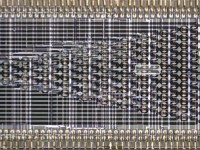
July 3, 2017 -
Developing Nanomaterials for High Radiation Applications
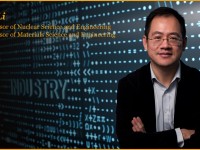
May 24, 2017 -
Turning the Infrared into the Visible
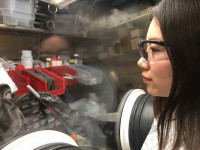
May 8, 2017 -
New-Faculty-Strengthen-Broaden-MIT's-Energy-Expertise

February 27, 2017 -
Are curtains drawing to a close? Glass that switches from transparent to opaque may soon replace the need for blinds
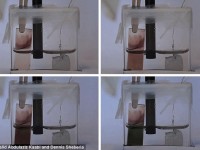
August 31, 2016
Recent Publications
Nadav Geva, Lea Nienhaus, Mengfei Wu, Vladimir Bulović, Marc A. Baldo, Troy Van Voorhis, Moungi G. Bawendi, "A Heterogeneous Kinetics Model for Triplet Exciton Transfer in Solid-State Upconversion" J. Phys. Chem. Lett. 2019, 10, 11, 3147-3152..
Seminar Series
What is an Exciton?
When a chlorophyll molecule in the leaf of a plant absorbs a photon of sunlight, the solar energy is converted into an excited state of the molecule known as an exciton. The exciton then transports the energy between molecules in the leaf, and ultimately mediates the conversion of sunlight into electrical energy.
Thus, excitons are packets of energy confined within a material. They are the crucial intermediate for energy transduction in all kinds of low-cost electronic materials. Excitons also dominate the behavior of disordered synthetic nano-materials like polymers and inorganic quantum dots. Consequently, excitons control solar energy conversion in low-cost solar cells, and also light emission in organic and quantum-dot based LEDs.

